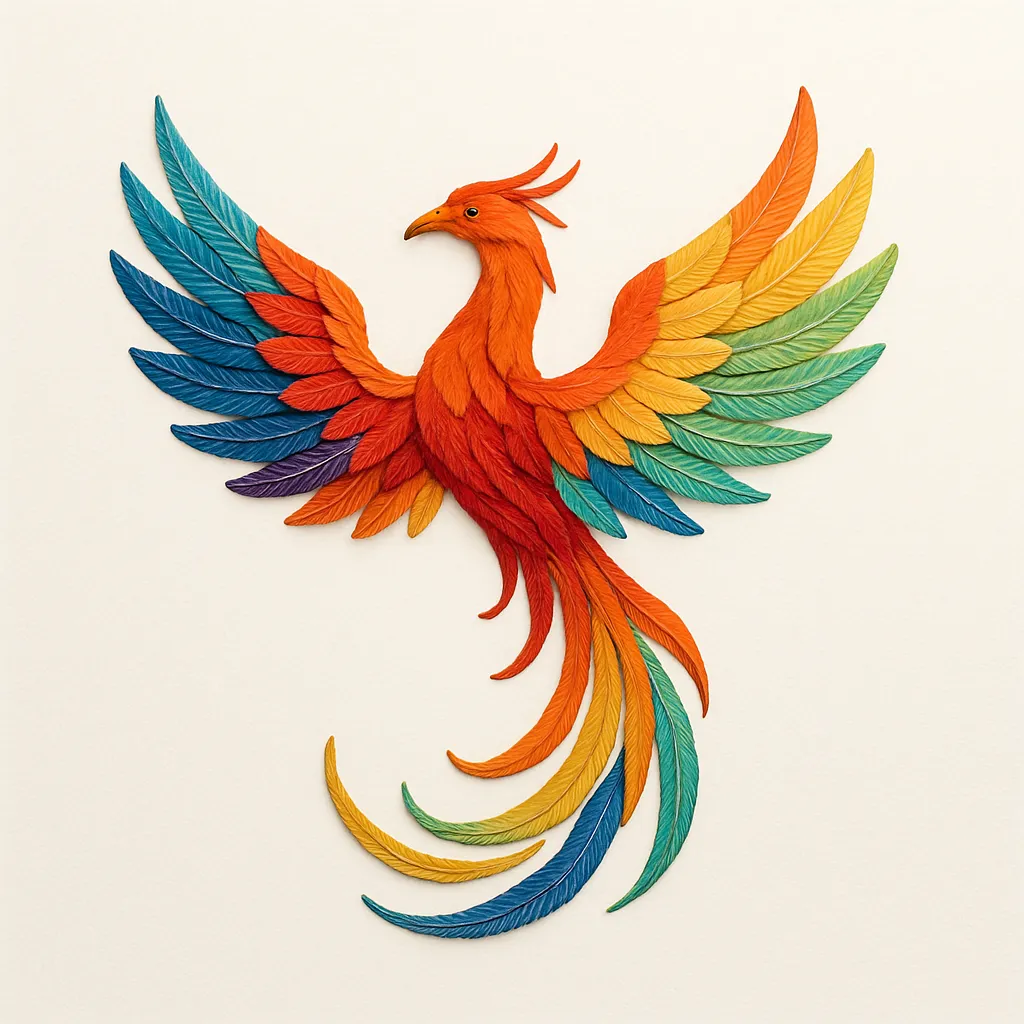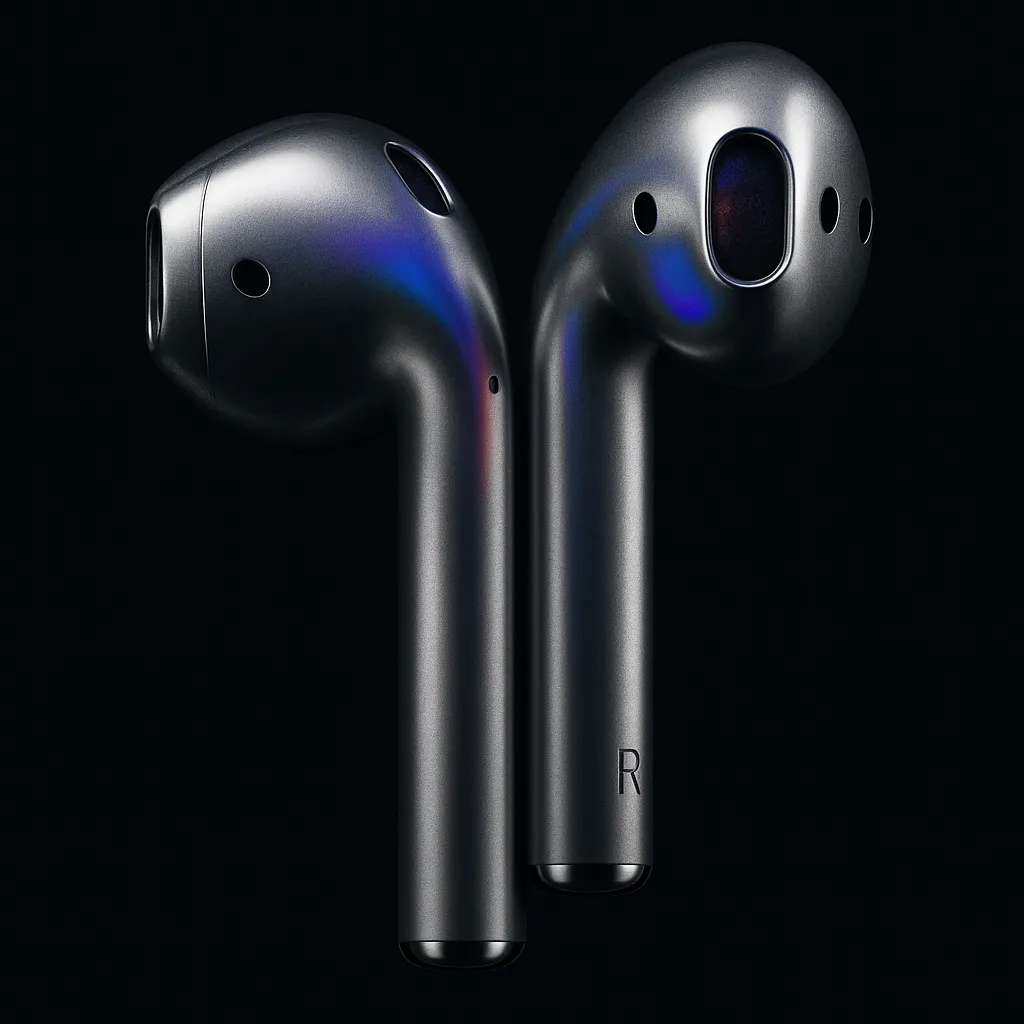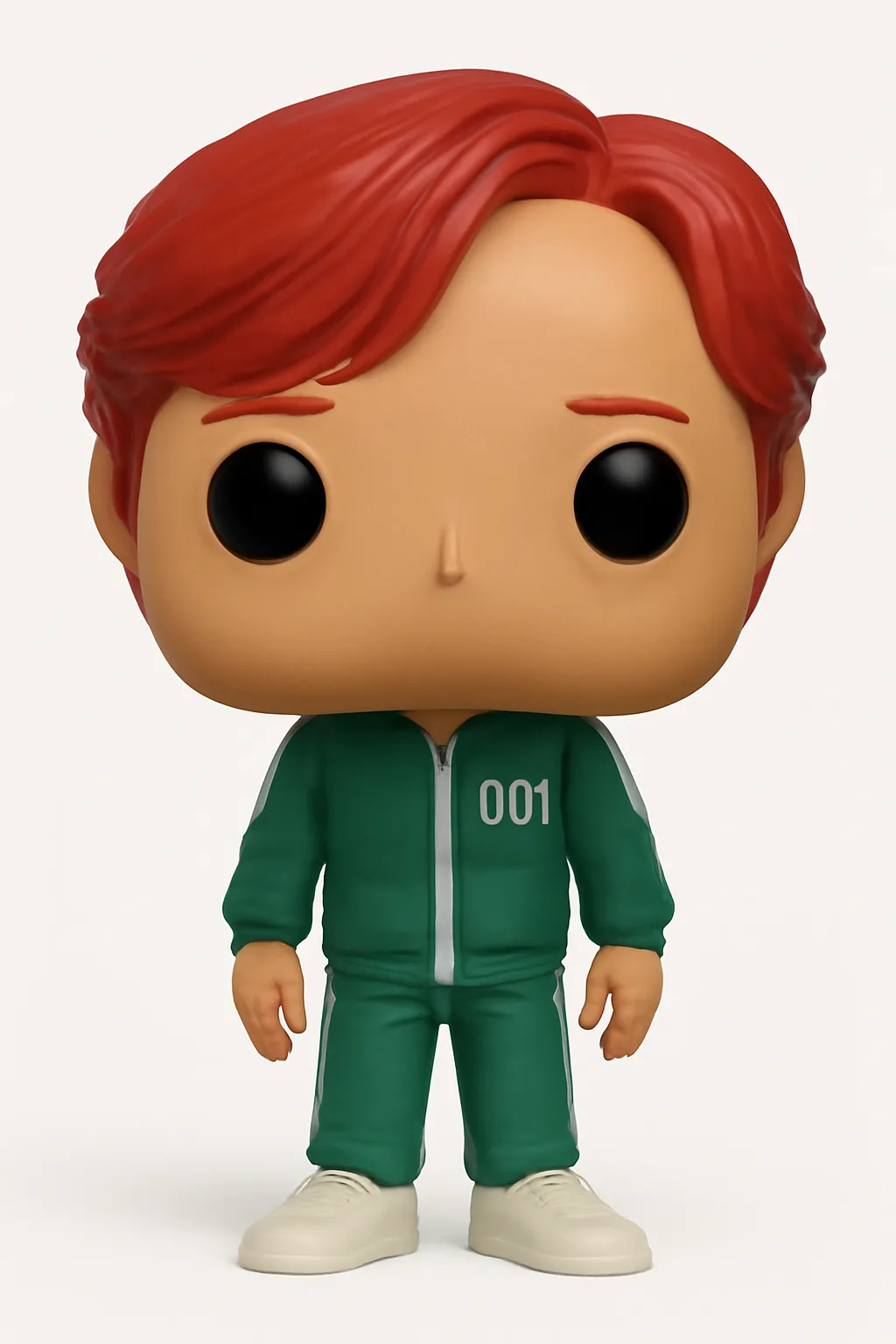Each night, as the world softens into dreams, a gentle guardian stirs quietly behind the scenes. With loving care, it gathers your precious stories, folding them like whispered secrets into a safe, shimmering chest. Every 24 hours, without fail, this silent sentinel wraps your memories in a warm embrace, tucking them away until the morning light. So you may rest easy, knowing your treasures are cradled close, safe from the storms of the waking world.
Inputs used
Insert feature here
The system automatically backs up your data every 24 hours.0.76
Whispered Features
1 sample run
32 words
Verified
Private
Transform dry, technical product features into warm, gentle bedtime stories like a soft whisper before sleep. With a touch of whimsy, comfort, and subtle poetry, this prompt helps you turn sterile specs into soulful little narratives that feel human and heartfelt. Perfect for marketers, copywriters, UX writers, or anyone who wants to make their product feel like a companion, not a machine.
0.76
Prompt body
















